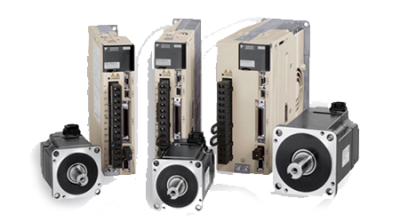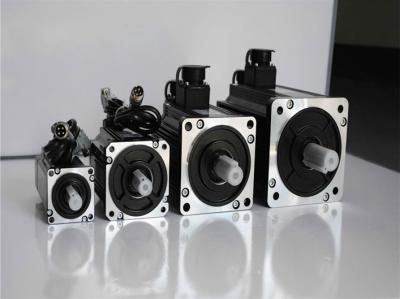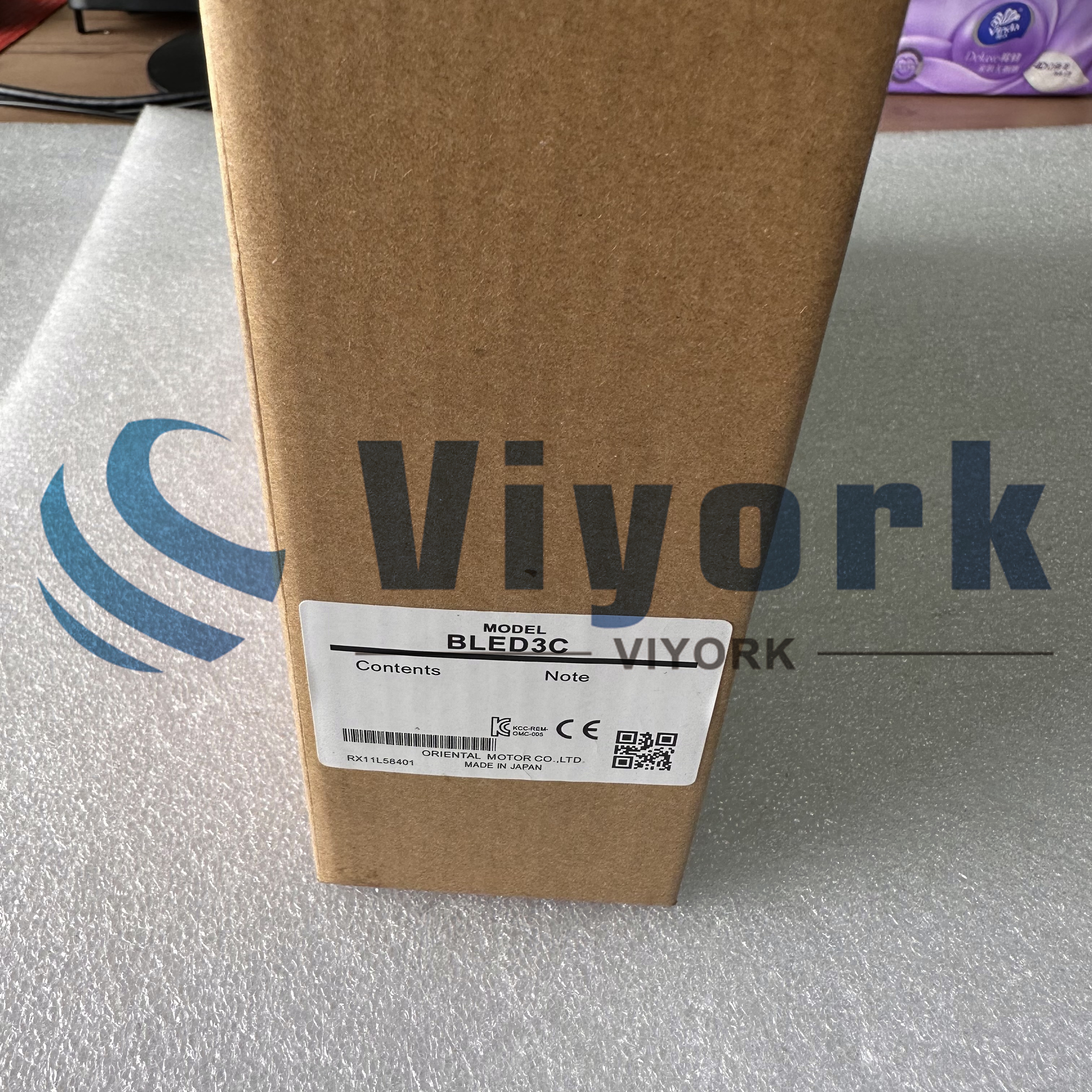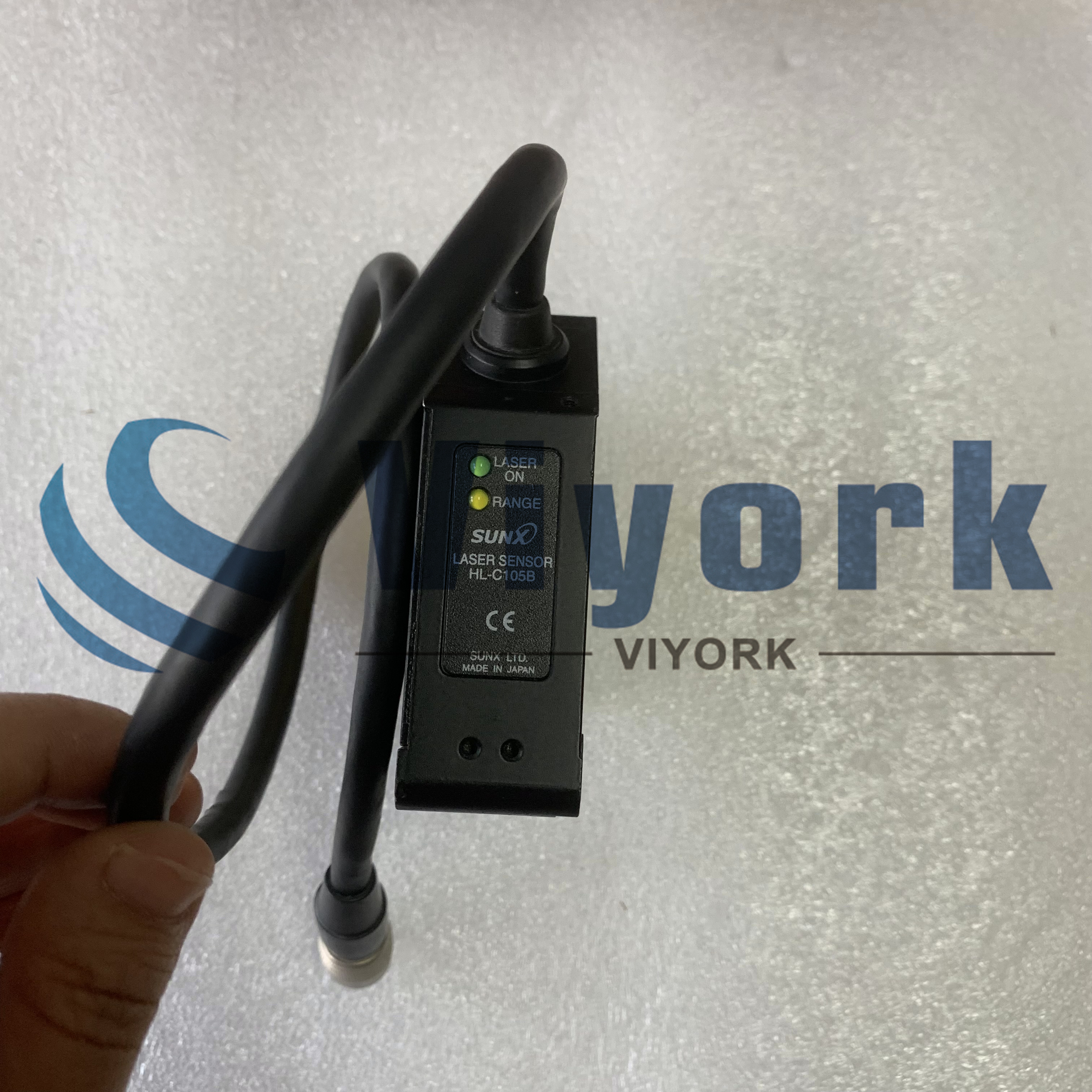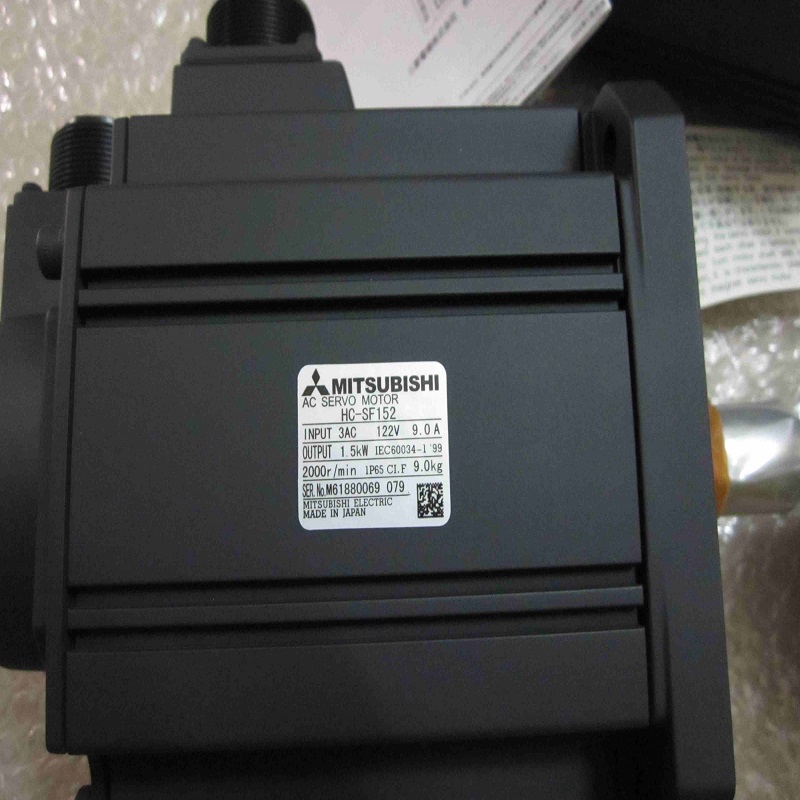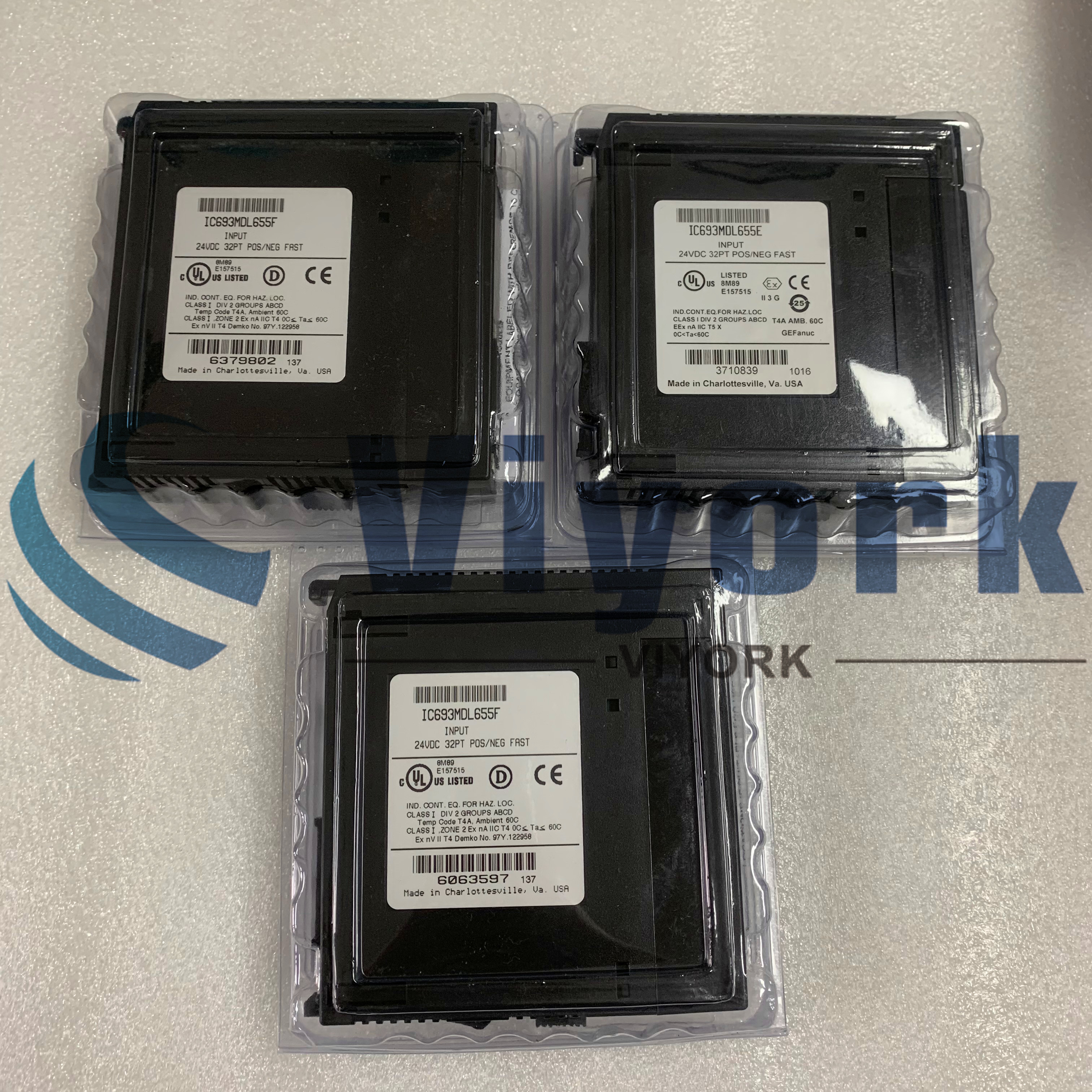The technology of AC servo itself draws on and applies the technology of frequency conversion. On the basis of the servo control of the DC motor, it is realized by imitating the control method of the DC motor by the PWM method of frequency conversion. That is to say, the AC servo motor must have the variable frequency. Link: Frequency conversion is to rectify the alternating current of 50 and 60 Hz of the power frequency into direct current first, and then through the carrier frequency and PWM adjustment, the inverter is converted into a frequency-adjustable waveform similar to sine and cosine pulsating electricity, since the frequency is adjustable, the speed of the AC motor can be adjusted (n=60f/p, n speed, f frequency, p pole pairs).
1. Different overload capacity
Servo drives generally have 3 times overload capacity, which can be used to overcome the inertia moment of inertial load at the moment of starting, while frequency converters generally allow 1.5 times overload.
2. Control accuracy
The control accuracy of the servo system is much higher than that of the frequency conversion. Usually, the control accuracy of the servo motor is guaranteed by the rotary encoder at the back end of the motor shaft. The control accuracy of some servo systems even reaches 1:1000.
3. Different applications
Frequency conversion control and servo control are two categories of control. The former belongs to the field of transmission control, and the latter belongs to the field of motion control. One is to meet the requirements of general industrial applications, and the pursuit of low-cost applications that do not require high performance indicators. The other is the pursuit of high precision, high performance, and high response.
4. Different acceleration and deceleration performance
In the case of no-load, the servo motor will process from the static state to 2000r/min, and the time will not exceed 20ms. The acceleration time of the motor is related to the inertia of the motor shaft and the load. Generally, the larger the inertia, the longer the acceleration time.
The working principle of the servo system is simply to say that on the basis of the open-loop controlled AC and DC motor, the speed and position signals are fed back to the servo drive through the rotary encoder, resolver, etc. for closed-loop negative feedback PID adjustment control.
Coupled with the current closed-loop inside the servo drive, through these three closed-loop adjustments, the accuracy and time response characteristics of the motor output following the set value are greatly improved.
The servo system is a dynamic follow-up system, and the steady-state balance achieved is also a dynamic balance.
 Call us on:
Call us on:  Email Us:
Email Us:  1103, Block C, South Building, Luo Fang Road, Luohu District, Shenzhen, 518001, China
1103, Block C, South Building, Luo Fang Road, Luohu District, Shenzhen, 518001, China 
